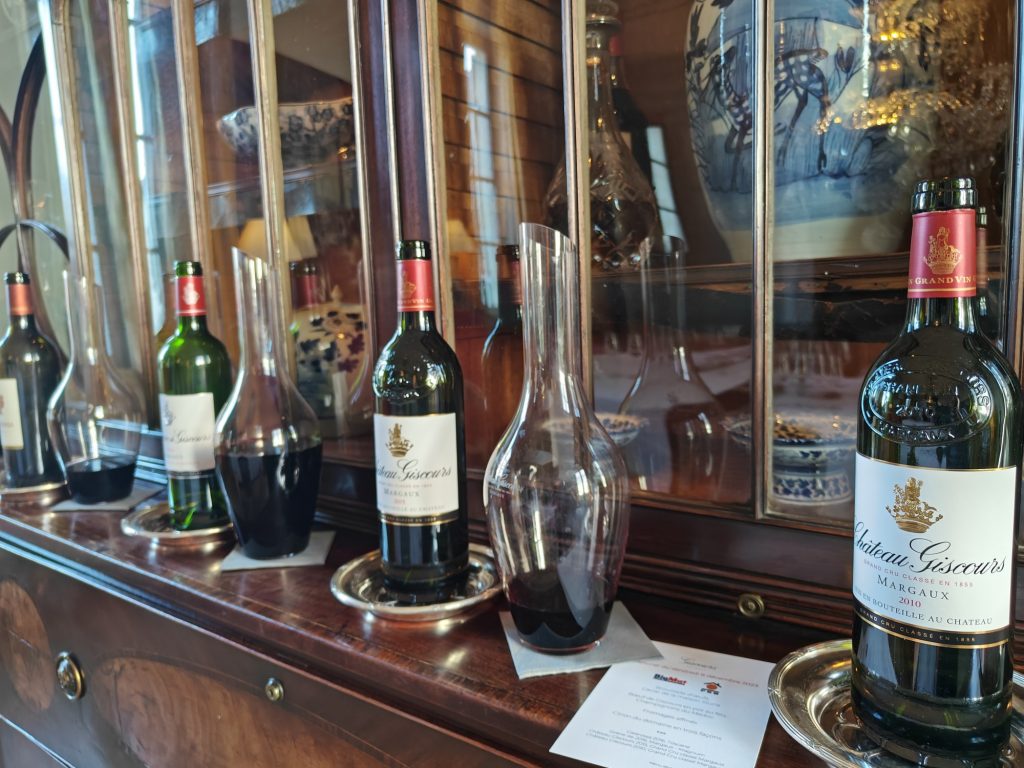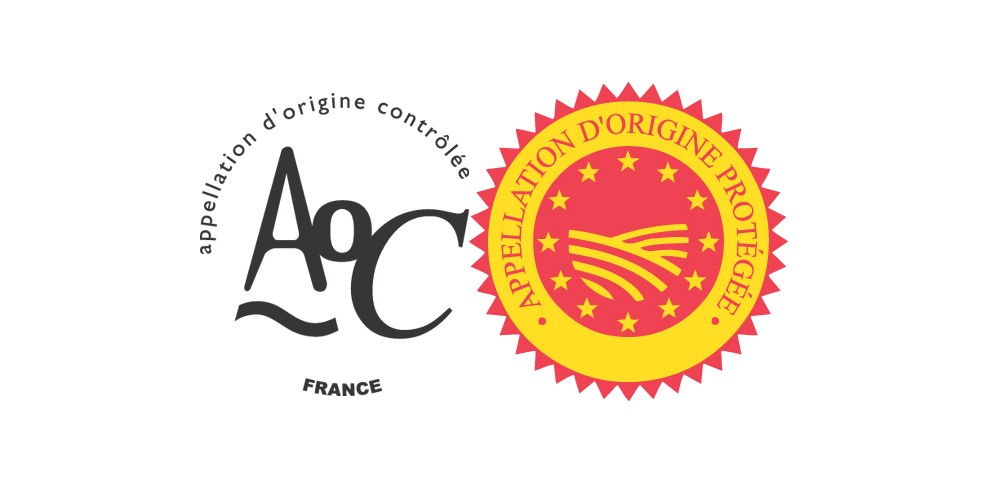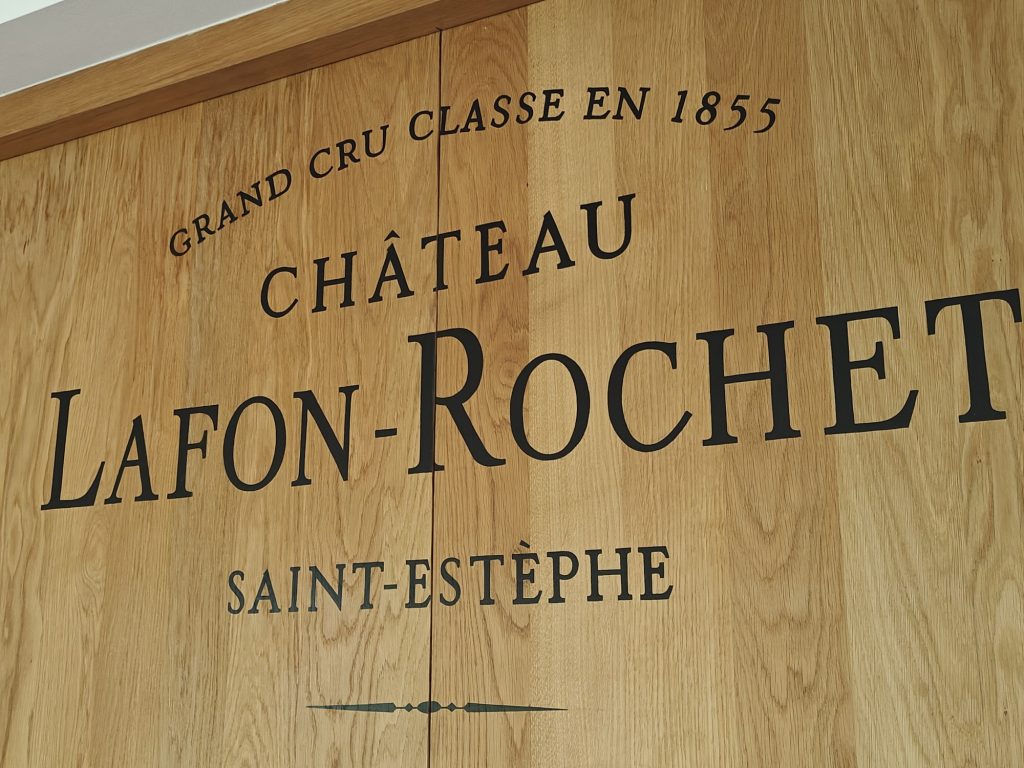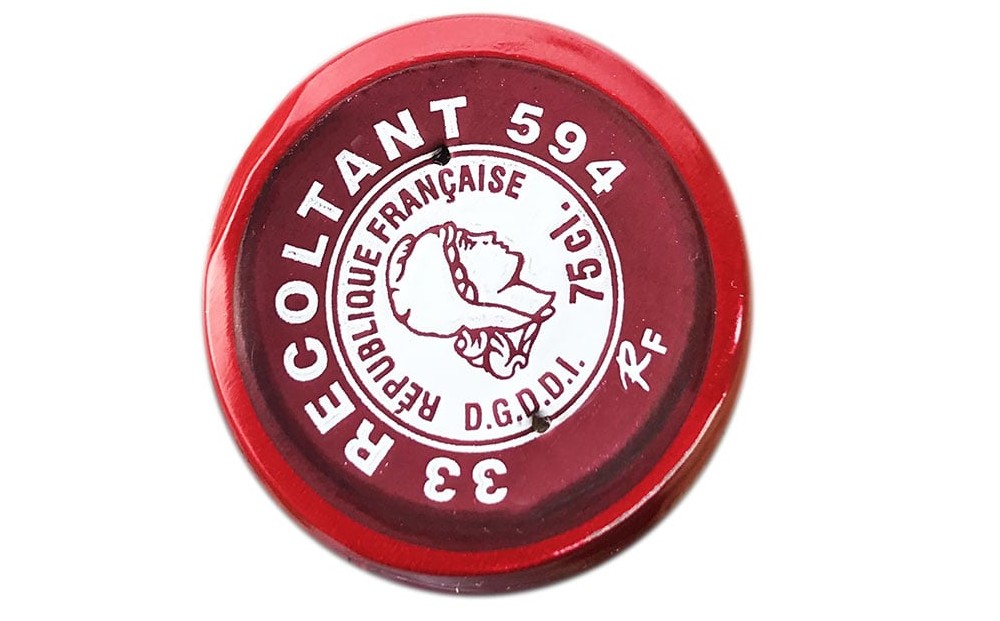French Wine Classifications
By: Barnaby Eales / Last updated: April 7, 2025
From the era of widespread fraud in the early 20th century to the pivotal creation of regulated wine appellations, the transformation of French wine production is a testament to the resilience and commitment to tradition in the world of wine.
Discover More About French Wine

Once a victim of widespread adulteration, French wine has risen to the pinnacle of fine wine production. As a global reference for wine, France has shaped oenological practices and research, influenced the language of wine, and fueled the rise of new trends, including the popularization of natural wines.
1935 law
The 1935 law, a pivotal moment in the history of French wine, was enacted to protect the wine market and gave birth to the French AOC wine appellations (Appellation d’Origine Contrôlée). These appellations defined the geography of French wine regions and established stringent quality production rules. Importantly, this law introduced the concept that a wine’s characteristics and quality are primarily or exclusively due to its terroir: its geographical environment and inherent natural and human factors.
The same law established the powerful public body, now called the INAO (Institut National de l’Origine et de la Qualité), to govern and regulate appellations. Customs, anti-fraud brigades, and regional tasting committees implement INAO’s rules for more than 360 AOC French wine appellations.
EU single market
The birth of the EU single market in 1992 significantly impacted French wine appellations. In 2008, these appellations were aligned with fellow EU appellations, leading to the transition of AOCs to AOPs (Appellation d’Origine Protégées)or PDO (Product of Designation of Origin). Similarly, the mid-quality tier IG became Indication Géographique Protégée (IGP)or PGI in English.
This alignment simplified labeling and made it easier for consumers to identify and purchase wines, such as labeling wines as Pinot Noir instead of ‘Bourgogne Rouge.’ Authorities permitted grape varieties on PGI wine labels if the wine contains a minimum of 85 percent of the grape variety.
French Wine Classification Categories

📌 Top Tier:
Appellation d’Origine Contrôlée (AOC) / Appellation d’Origine Protégée (AOP):
AOC/AOP classification rules cover authorized geographical production areas and grape varieties, maximum yields, and winemaking processes, including ripeness, alcoholic strength, and chaptalization (adding sugar to unfermented grapes). Viticulture, irrigation, and winemaking are subject to specific local rules.
📌 Middle Tier:
Vin Délimité de Qualité Supérieure (VDQS) is now a defunct category designation that positioned wines between Vin de Pays (superseded by IGP) and AOC/AOP.
Indication Géographique Protégée (IGP): More flexibility regarding grape varieties and region, replacing the older Vin de pays system (See PGI).
📌 Basic Tier:
Vin de France (VSIG): Wines can be labeled with a vintage and/or grape variety without geographical restrictions. Vignerons have far greater freedom when choosing grape varieties or making blends.
How the Classification Systems Work:
- Producers and Vignerons must declare vineyards as intended for AOC wine.
- Winemakers must keep detailed production records.
- Wine quantities produced must meet harvest declarations.
- Producers must demonstrate compliance with all appellation rules outlined in the ‘Cahiers des charges’ specifications.
- Laboratories perform technical analysis of wines.
- Regional tasting committees approve wines through panel tastings.
How AOC status is awarded or rejected
Vignerons seeking to protect a wine with a distinguished reputation that is part of a region’s heritage can apply for AOC status. Applications must demonstrate the link between the product’s characteristics and geographical origin.
Wines can lose their AOC status if the regional tasting committees rule them out for not meeting regional typicality, even though their wines may be expressive of terroir: notoriously, Les Hauts-de-Pontet-Canet 2012, the second wine of biodynamic estate Château Pontet-Canet, a Grand Cru Classé from Pauillac, lost its AOC status, after an independent body rejected the wine at a panel tasting, even though other over-ripe Bordeaux wines, doped up with oak chips, passed the test without difficulty.
In recent years, many vignerons have left AOC appellations over absurd or counteractive rules. In Bordeaux’s Côtes de Bourg AOC, minimal levels of vine density have led to growers grubbing up highly valued old vines, thus contradicting cultural values.
Wines aged longer than the designated time for Muscadet sur Lie cannot be labeled AOP Muscadet. In Sancerre, there are even rules on the height of grass grown between rows!
Special Designations and Terms Specific to French Regions

🧭 Alsace
Best known for its white wines, Pinot Noir wines became eligible for Grand Cru status in 2022. Blends are also allowed in the 51 Grands Crus wines. Established in 1975, authorities granted Grand Cru status to single vineyard sites and single vintage wines, explicitly focusing on terroir specifications and limiting it to four white grape varieties: Riesling, Muscat, Pinot Gris, and Gewurztraminer. Grands Crus wines account for less than 5% of production.
Alsace Lieux Dits appellations lie below Grand Cru status but are also terroir-specific; rules are more stringent on yields, for example, compared with AOC Alsace Communales and the AOC Vin d’Alsace at the bottom of the quality pyramid.
Like white wines, sparkling Cremant d’Alsace accounts for nearly a third of production and has various sweetness levels.
Discover more about Alsace Wine Classifications
🧭 Bordeaux
The 1855 Grands Crus Classé classification of first to fifth growths for red wines was based on the prices of wine from Medoc estates rather than vineyards. St Emilion operates its own system, which it renews every decade. Bordeaux AOC wines account for the majority of red Bordeaux wines. White Bordeaux also has first and second Crus, including the top-tier Premier Crus Superior.
Bordeaux Wine Classifications: Read more
🧭 Burgundy
Classification in Burgundy is decided according to the potential of the vineyard site rather than the estate, property, or chateau. Vineyards at the bottom of the classification pyramid are generally found on lower-lying land. Vineyards with favorable mid-slope exposure are designated as Premier Crus – known in English as ‘First Growth,’ and are said to make better wine than village wines. At the top of the pyramid are 33 Grands Crus; the ‘Great growths’ are home to the finest vineyards.
Burgundy Wine Classifications: Read more
🧭 Champagne
Champagne is unique among French wine regions because it has a single appellation. The finest Crus are found on the region’s best hilly slopes.
Champagne Wine Region Guide: Read more
🧭 Loire Crémant
Crémant de Loire sparkling wines are made using the same traditional method as Champagne, but the main differences, other than terroir, are the grape varieties used, predominantly Chenin Blanc. Producers must adhere to strict winemaking rules, including whole bunch pressing, maximum yields, and sulfur dioxide content, with wines released at least 12 months before bottling.
Crémant de Loire is made in Anjou, Saumur and Touraine. Crémant de Loire and Pet-Nats are cheaper alternatives to Champagne; Montlouis producers obtained a Pet-Nat designation in 2020.
🧭 Rhône Valley
Chateauneuf du Pape in the Southern Rhone set a precedent for creating AOC in 1936 through production rules and geographical delimitation. The Rhone classifications include basic level Cotes-du Rhone AOC wines, together with Cotes du Rhone Villages, a stricter category formed of 95 villages and Cotes du Rhone Villages with geographical name attached, the highest echelon of the quality pyramid featuring 22 areas or villages.
Most wines are made in the Southern Rhone, but the Northern Rhone is home to some of the best vineyards grown on very steep terraces in renowned appellations, including Hermitage and Cote-Rotie.
Rhône Valley Wine Region Guides: Read more
💡Organic and Biodynamic Wines
Certified organic wine is made from organically grown grapes and winemaking; synthetic chemicals or herbicides are prohibited. Small amounts of copper and sulfur are allowed. Must, grapes, alcohol, and sugar must all be organic. Winemaking rules include maximum sulfite levels and restrictions on the use of additives. Authorities also prohibit certain oenological techniques.
EU-certified organic wines are subject to production inspections by independent bodies.
Organic certification is a prerequisite for biodynamic wines, which also consider the influence of celestial (moon cycles) and terrestrial forces. Biodynamic certification is run by private international bodies rather than an EU-wide authority.
Practical Tips for Consumers:

- AOC Classification provides consumers with an idea of certain quality levels. Look also at labels to find ‘Mis en Bouteille en la Proprieté’ or ‘au Chateau’ bottled at the estate, which means the producer was in control of production. Have you ever noticed the top bottle capsules? The letter R stands for ‘Récoltant,’ meaning the producer who made the wine bottled it.
- Check wines for the certified EU Organic leaf logo and/or the complementary AB logo, or ask retailers or producers.
- With climate change, alcohol levels have risen, so always check labels for ABV levels.
- For lighter wines, think geographically northwards to the Loire. Along with the Beaujolais revival, it is one of the most exciting regions in terms of quality and experimentation – you can enjoy these lighter reds with fish.
- With seafood, never underestimate Muscadet of the Pays Nantais, which is enjoying a ‘Cru’ revival.
- For top Bordeaux or Burgundy, ensure wines are at least five years old. If you’re looking for a less expensive or reasonably priced Bordeaux, try the Crus Bourgeois classification.
- The color and hue of Provence Rosé do not equate to quality levels.
- Explore new wave grower Champagnes for the latest trends, alternative Loire Pet-Nats, and Crémant. Likewise, lesser-known appellations sell wine at lower prices.
- Confusing sugar levels: When a friend selected a French sparkling wine labeled Extra dry, she thought it would be dry. However, according to the EU classification of sweetness levels for Champagne and sparkling wine, Extra dry is sweeter than Brut and Extra Brut.
Conclusion
French AOC wine classifications ensure the continuity of the quality level for a given region, reflecting the traditions associated with a particular terroir. However, French vignerons often describe the INAO, the appellations governing body, as ‘Fort Knox’ due to its rigidity, opacity, and refusal to adapt to change. It has refused to authorize or has limited native and hybrid grape varieties deemed useful for climatic adaptation.
New wave and natural wine producers across France increasingly use the Vin de France classification instead of the restrictive AOC/AOP rules, which are stifling innovation and experimentation. Regional tasting committees, often operating in the interests of big companies, have established uniformity or sameness in wines and, under the pretext of regional typicality, have rejected terroir-driven expressive wines. This clearly goes against the original ethos of appellations in maintaining a sacrosanct terroir and respecting the metier of the vigneron.
That said, French wine production remains diverse and increasingly environmentally focused despite the widespread use of synthetic pesticides. French wine regions remain a beacon for the world regarding wine production, where infrastructure and high-speed trains allow tourists to travel to spacious and singular historic landscapes. Wine tourism is being ramped up and even included as part of classification criteria in some appellations.
Joie de Vivre
Last year, I spent an evening at Domaine de Chevalier, a renowned Bordeaux Chateau that encapsulated much of France’s offerings. The first room I entered had a vast tray of fresh, plump oysters on a bed of ice, and there were chilled bottles of the old vintage Bordeaux white, rosé, sparkling wine, and Champagne.
In the next room, there was a vast array of fine cheeses, some double the size of human heads. Delicious canapés were served alongside magnums of old vintages of Grands Crus Classé Bordeaux. A lively jazz band enhanced this vinous tour de force in a country where the ‘joie de vivre’ of enjoying the fruits of the fields and the sea still matters, close to a hundred years after the creation of protected appellations.
Together with my own knowledge and personal experience, here are some references used:
- The Oxford Companion to Wine, 5th edition by Julia Harding MW
- The New French Wine by Jon Bonne
- www.guildsomm.com
More information
If you would like us to customize an exclusive luxury tour, contact us and let us know your travel plans. We offer luxury food and wine tours for private groups of a mininium two guests. In addition, all of our private, chauffeured tours are available year-round upon request.



